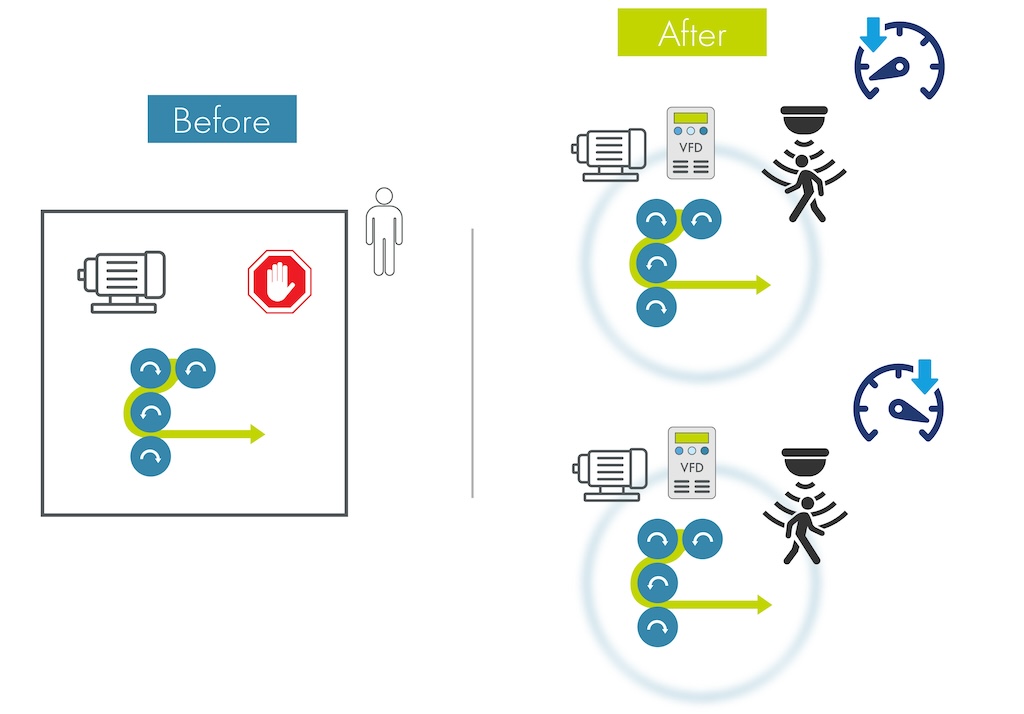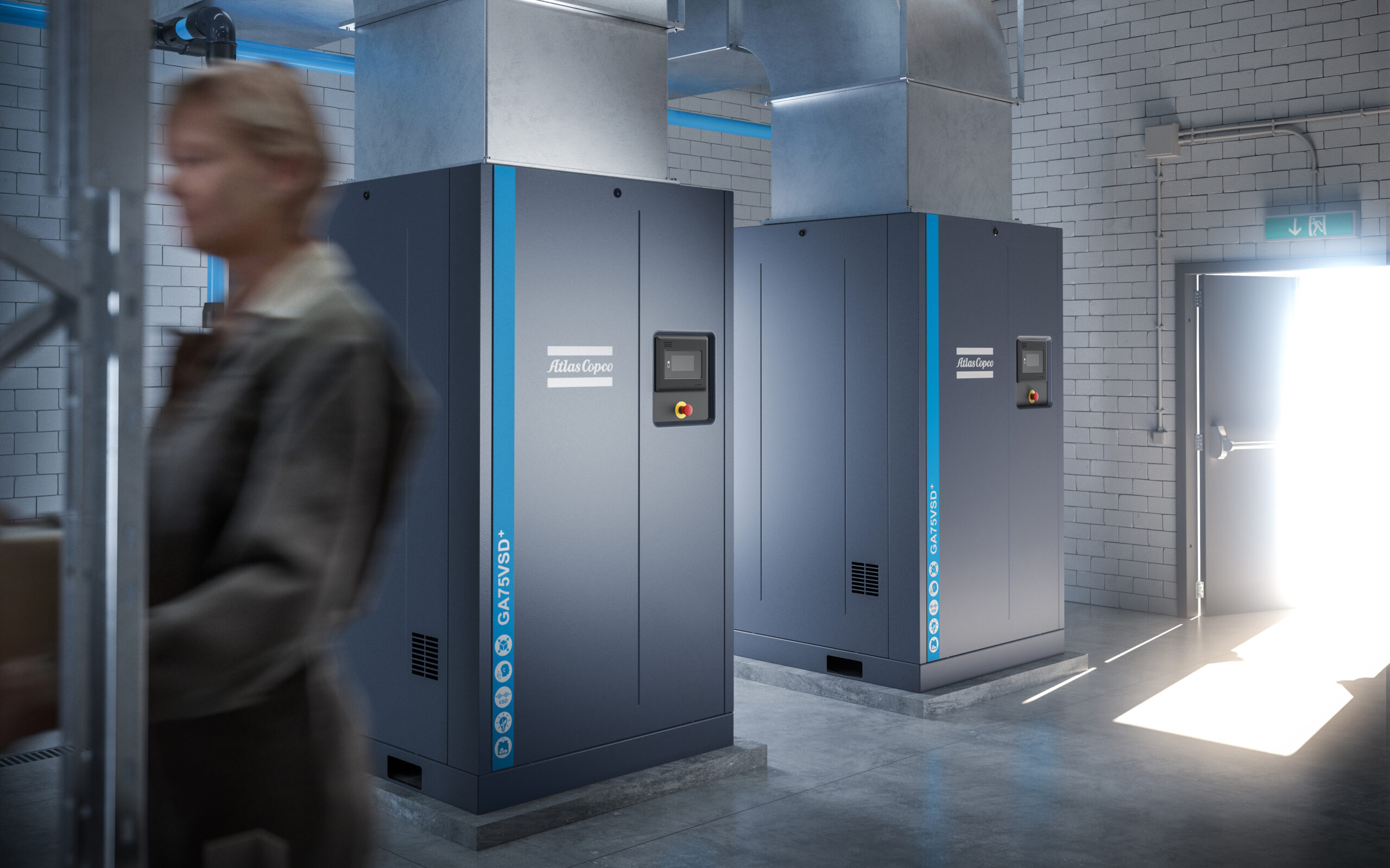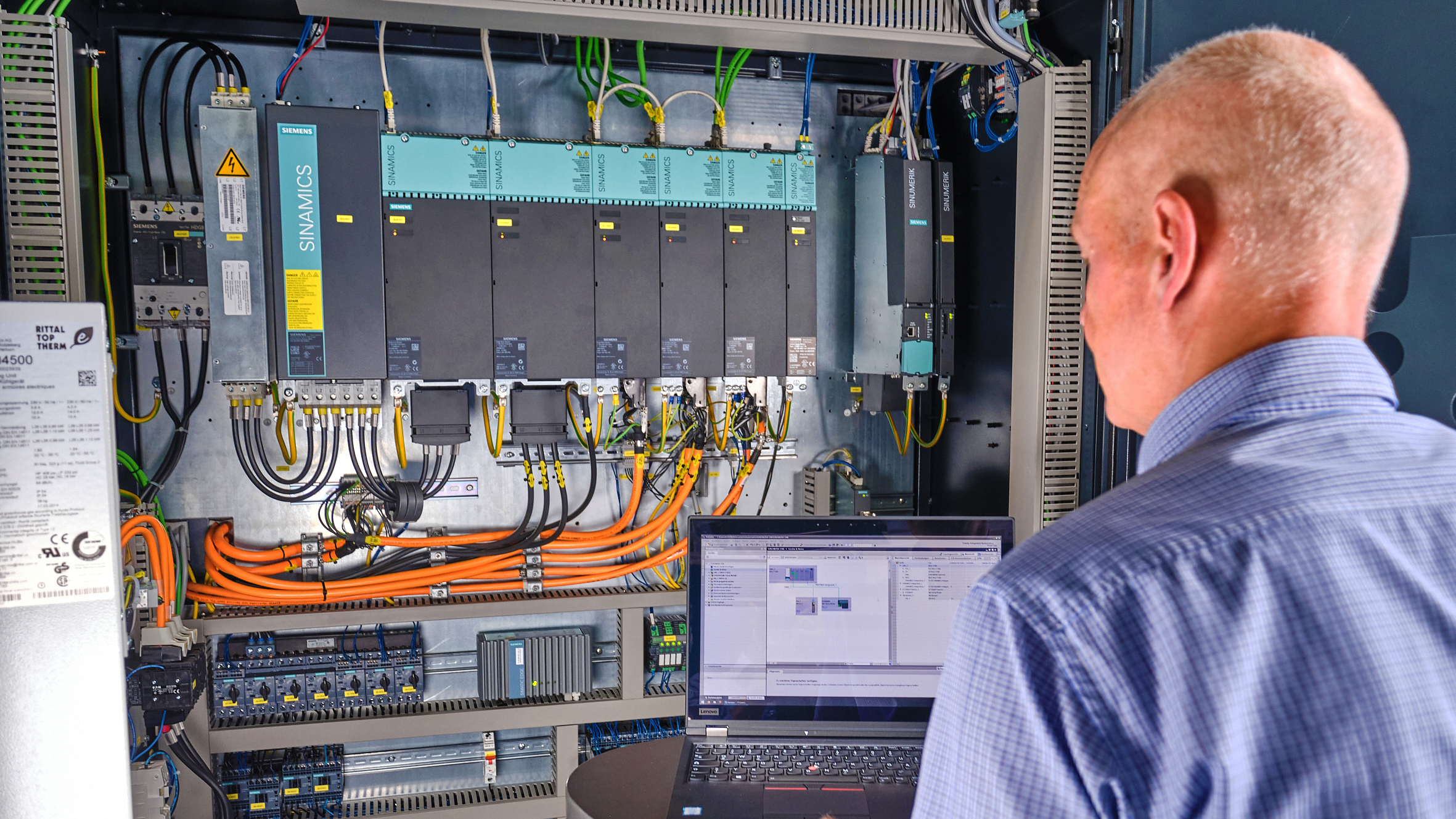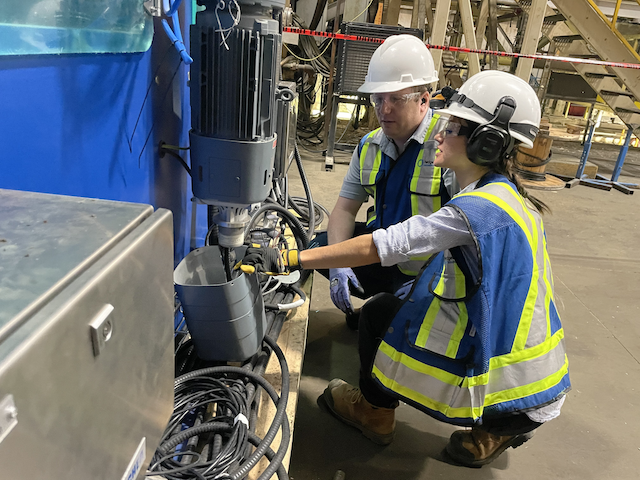The HMI software and services market will grow 9% over the next five years.
The worldwide human machine interface (HMI) software and services market, which totaled more than $926 million in 2007, will reach more than $1,430 billion in 2012, outperforming the industrial automation market overall and growing at a compounded annual growth rate (CAGR) of more than 9.1% over the next five years, according to a new ARC Advisory Group study .
HMI software suppliers had their best regional development in Asia. However, North America and EMEA also experienced strong growth. The market growth was led by services and supervisory software. “HMI software suppliers are continuing to add services at an accelerated rate, driven by the end users’ and OEMs’ need for technical support, because manufacturers no longer have the personnel internally to provide the services,” said ARC Research Director Craig Resnick, the principal author of ARC’s “ Human Machine Interface Software Worldwide Outlook .”
The common denominator for growth was the use of HMI software solutions tied to the increased use of PACs in the process and hybrid industries, led by oil and gas, water and wastewater, mining and metals, and electric power. The food and beverage industry maintains its leading industry position as the largest HMI software market. Windows XP was the fastest growing operating system in terms of revenue. However, Windows CE was the fastest growing operating system in terms of units.
PLC-based PACs and DCS-based PACs are being deployed at an increasing rate in the fast growing process industries and each of these PACs requires HMI software to best leverage their capabilities. Automation equipment, including PLC-based PACs equipped with HMI software, play an important role in sustainability initiatives as they help satisfy many “green” demands, including the visualization and control of AC drives, which saves energy. HMI software is used as digital dash-boards to show Key Performance Indicators (KPIs), such as Dynamic OEE for the entire enterprise and generates reports of actual performance versus targets. Overall operational performance is affected by maximizing the visualization of the HMI software through leveraging technology, such as 64-bit computing and operating systems designed for this hardware, such as Microsoft Vista or Server 2008.



